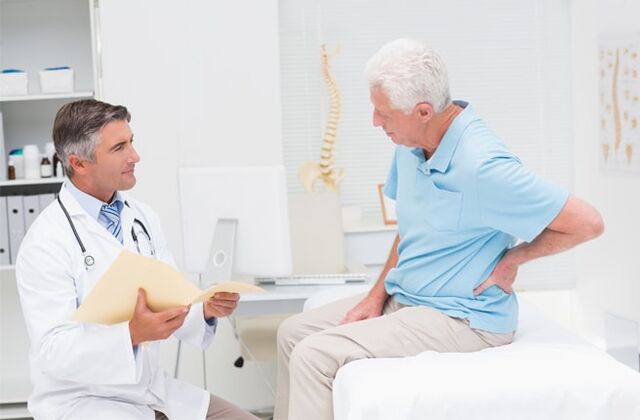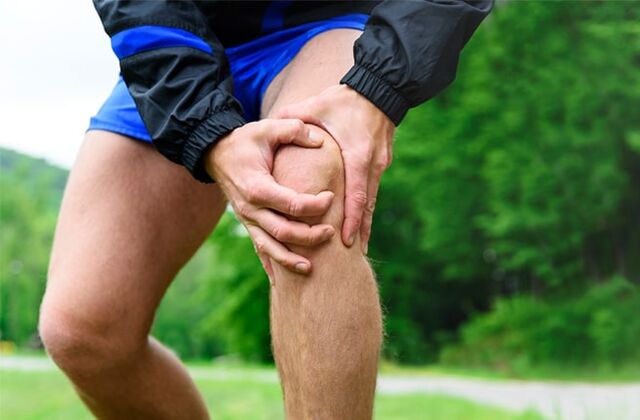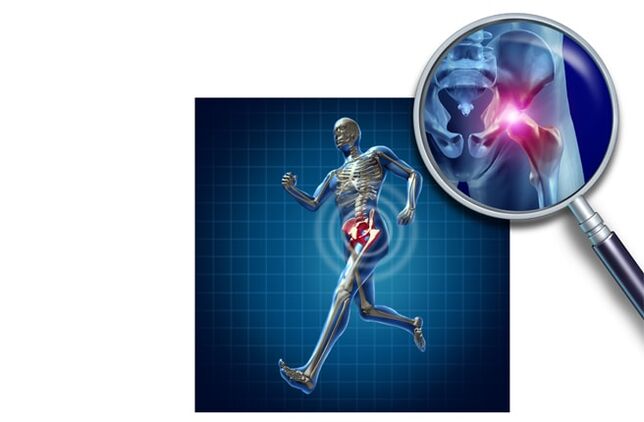Arthrosis (osteoarthritis or deforming osteoarthritis (DOA) or deforming arthrosis) is a disease of the joints in which the articular cartilage is initially involved, followed by the surrounding muscles, ligaments, nerves, and bone tissue. pathological process.

Arthrosis is a disease that develops for a variety of reasons. These include metabolic disorders, trauma, poisoning, etc.
Patients generally refer to "arthrosis" as any joint disease in which pain, limited movement, and other discomfort is observed in one or more joints, which is not always true. Osteoarthritis and associated pain are caused by "aging" of the joints, caused by a variety of negative factors, however, joint pain can be caused by infections and injuries, and in these cases we are talking about other pathologies.
Arthrosis statistics
At the reception of a family doctor, therapist, neurologist, surgeon, rheumatologist, up to 70% of patients complain of joint pain. These are most often pains in the lower back and large joints (knees, hips). Osteoarthritis accounts for up to 70% of cases of permanent disability worldwide. Quite a few patients - 10% of those who seek medical help due to advanced arthrosis have a disability and need constant help. Arthrosis is one of the main reasons a person leaves early for a full social life; in statistics, this is only behind coronary artery disease.
The likelihood of developing arthrosis increases with age: it occurs in 27% of cases in those older than 50 years, and the prevalence in the elderly over 70 years of age is 97%, which is the cumulative age-related joint load and their normal function.

Causes and development
The main factor in the development of arthrosis is the malnutrition of the articular cartilage, which leads to its destruction. It is not so important why this happens (overweight, professional sports, work habits, hormonal disorders, congenital joint defects, etc. ), The result is the same:
- changes begin in the articular cartilage that lead to loss of elasticity; microcracks appear in cartilage thickness;
- the blood supply to the joint is interrupted, the production of synovial fluid decreases, the mechanics of the joint change;
- then all the structures of the joint, the adjacent muscles, the nerve endings are involved.
The degenerative disorders listed lead to the development of symptoms of arthrosis, and the disease "starts" the moment when the constant mechanical load becomes overloaded on the joint (or joints) and starts the processes of its destruction.
Symptoms of arthrosis
Unlike other joint pathologies, arthrosis develops over many years, is long-term and unnoticeable to humans. The moment the body indicates severe joint pain with severe pain, the pathological process has already begun.
Pain is the main symptom of arthrosis (osteoarthritis), in the initial stage the pain is not very pronounced, weak, more comparable to discomfort. Discomfort after exercise disappears in the joints on their own, without medical or pharmacological intervention, but quickly becomes noticeable and limits a person’s normal mobility.
Pain can also occur at rest or at the very beginning of movement (called "starting"), such as after sleeping in the morning, or after sitting in a position for a long time during the day, passing during movement. Nocturnal rest pains are also characteristic of arthrosis, which also decrease rapidly with the onset of physical activity. Patients with joint problems usually say that in order to eliminate the discomfort, it is necessary to "stretch the bones", to "awaken the joints, " which is usually a fairly accurate characterization of this condition.
Painful feelings do not only occur due to disorders of joint work. When all the components of the joints, muscles, and nerve endings are involved in the process, the pain becomes varied and excruciating: it "shoots" along the nerve, spreading through the muscle. The blood supply to the joints, nerves and muscles is disturbed, degenerative changes take place quickly.
Transient or permanent restrictions on joint mobility (contractures) result from severe pathological changes in the joint and muscle tissues. For example, with arthrosis of the hip joints, the limb is shortened, the pelvis is "oblique" and the spine is curved.

The cracking of the joints is almost invisible in the initial stages, but as the disease progresses as it moves, it becomes permanent. This symptom is of psychological concern to patients with arthrosis even more than pain, as it points to severe disorders, especially aging of the body and musculoskeletal system.
In later stages of arthrosis, joint deformity occurs, which results in curvature of all joint surfaces, bone growth, decreased amount of joint fluid, and subluxation of the joint.
Platoon
Depending on the severity of the symptoms, several stages of osteoarthritis are distinguished.
In the first stage, there is no pain at rest and with moderate effort, it only occurs after a high load (endurance, carrying heavy loads, running) or a long static situation. A person does not experience restrictions and difficulties in movement. No medication is required.
In the second stage, the pain arises quickly under the influence of pronounced and constant, provocative factors (long walking, physical activity), it does not go away on its own. The patient's movement is restricted, the mobility of some joints is sharply limited - the knee, hip and others. Medical assistance is required, treatment regimens should be prescribed, including medications and non-medicated methods.
In the third stage, the patient has difficulty moving, needs constant care, and the pain is excruciating. Restoration of quality of life usually requires surgical treatment (endoprosthetics) and massive physiotherapy.
The symptoms of osteoarthritis occur at a young age and in this case it is not necessary to ignore them but to consult a doctor. Timely treatment supports the normal functioning of the joints and helps prevent the disease from progressing quickly.

























